"The White House this week officially requested nearly $40 billion in new aid to Ukraine to fight its war against Russia’s invasion, which would — in a single piece of legislation — double the total amount of overt military aid allocated to Kyiv by the U.S. since Joe Biden took office. It is no coincidence that the defense industry is on track to spend less money lobbying the federal government than at any point since the initial years of the Iraq War. Business is booming.
✓ “There needs to be an assessment, as the U.S. has increased the kinds of weapons it’s providing [Ukraine]: Will it appreciatively change the situation on the battlefield in the Ukrainian’s favor and are the risks to that in terms of Putin’s perceptions manageable?” said Matt Duss, a longtime foreign policy adviser to Sen. Bernie Sanders who is now a visiting scholar at the Carnegie Endowment for Peace. “If the answer to both of those questions is yes, then they [Ukraine] will probably get them.” Duss added that he thinks “the Biden people have been smart about how Putin interprets U.S. actions.” ---Jeremy Scahill writing in The Intercept 15 Nov 2022
CONTEXT For your interest
>>
Geography is destiny for Ukraine
The futility of U.S. military aid and NATO aspirations for Ukraine — Defense Priorities
Key points
Since the 2014 Russian annexation of Crimea, the U.S. has provided $2.5 billion in military aid to Ukraine. Continued security assistance prolongs the conflict and heightens U.S.-Russia tensions.
Russia shares a 1,200-mile border with Ukraine and views the prospect of Kyiv joining NATO and basing U.S. and allied forces there as a threat. Russia will absorb significant costs—monetary and human—to prevent this outcome.
A resolution in Ukraine that does not account for Russia’s concerns is unrealistic; therefore, U.S. and European leaders should account for them, starting with ruling out Ukrainian accession to NATO.
Because of the risk of escalation, potentially to nuclear war, the U.S. should seek détente with Russia and support the establishment of a neutral, non-aligned Ukraine that serves as a buffer state between Russia and the West.
Repeating the same mistakes in Ukraine
President Biden met with Ukrainian President Volodymyr Zelensky at the White House in September 2021 and reiterated the U.S. commitment to Ukraine’s territorial sovereignty. The meeting suggests the Biden administration intends to continue the failed policy of his two predecessors: providing piecemeal security assistance to Ukraine and supporting its eventual accession to NATO. . ." READ MORE
REPORT written by Jeremy Scahill published in The Intercept 8 days ago
"It’s been a grand two years for the war industry. Russia’s invasion of Ukraine, the perceived scent of Vladimir Putin’s blood emanating from the Kremlin, and hyped-up tensions with China have all converged to accelerate the already fierce pace of U.S. military spending, weapons sales and defense contracts. The appetite for more powerful armaments and advanced technologies, engulfed in an atmosphere of insatiable “must-have” thinking in Washington, D.C., has heralded a new golden age for the manufacturers of war. . .
> The Ukraine war has presented the defense industry the opportunity to have its latest innovations tested on a real battlefield against a powerful nation-state, with the added perceived geopolitical bonus of significantly degrading the war capabilities and stockpiles of Russia, a country the U.S. has, once again, declared its arch-nemesis. At the same time, the Pentagon has expressed clear reservations about how high up the proprietary defense technology chain this trend should extend.
Over the past several months, a quiet battle has been simmering in Washington over whether the Biden administration should permit Ukraine to purchase what would be the most sophisticated weaponized drone deployed to date in the war against Russia’s invasion, the MQ-1C Gray Eagle. Capable of firing four high-powered Hellfire missiles or eight Stinger munitions, the unofficial successor to the widely used Predator drone has been deployed in U.S. counterterrorism missions in the Middle East, Afghanistan and Africa, particularly under presidents Barack Obama and Donald Trump. Unlike the Predator and Reaper drones, the U.S. has never approved the export of the Gray Eagle, even to its allies. It would require sign-off from a number of government bodies, including regulators at the State and Defense Departments.
In addition to its substantial weapons payload, the Gray Eagle has sophisticated reconnaissance and intelligence technology and can remain airborne for more than 24 hours. This has made it an ideal weapon for sustained monitoring of structures that are believed to house “high-vmalue targets” or for conducting long-range attacks in undeclared war zones or “denied areas” without the need to use warplanes, sea-launched cruise missiles, or ground troops.
Press Releases
-
GA-ASI Teams with SMX to Win ARIES Task Order and Continue AFRICOM Support
The contract will cover continued ISR services for AFRICOM using six MQ-9As produced by GA-ASI, which will make up three lines with two aircraft each. The MQ-9As are supplied by GA-ASI as part of a Company-Owned, Company-Operated (COCO) lease agreement.
Nov 14, 2022 -
GA-ASI, SES and Hughes Team Up to Demonstrate NextGen SATCOM on MQ-9B SkyGuardian
General Atomics Aeronautical Systems, Inc. (GA-ASI), SES and Hughes Network Systems (HUGHES) worked together to successfully demonstrate multi-orbit satellite communications (SATCOM) using a GA-ASI-supplied MQ-9B SkyGuardian® Remotely Piloted Aircraft (RPA).
Nov 10, 2022 -
GA-ASI to Deliver MQ-9A Reapers to Poland
As part of a lease agreement, Poland will take delivery of MQ-9A Reaper Remotely Piloted Aircraft from GA-ASI. The new agreement between GA-ASI and the Polish Ministry of Defence has a net value of $70.6 million.
Oct 31, 2022 -
GA-ASI Demonstrates Air-to-Air Laser Communications
General Atomics Aeronautical Systems, Inc. (GA-ASI) successfully completed an air-to-air laser communication link between GA-ASI’s Laser Airborne Communication (LAC) terminals integrated onto two company-owned King Air aircraft.
Oct 25, 2022 -
GA-ASI SeaGuardian Begins Operations for Japan Coast Guard
The Remotely Piloted Aircraft (RPA) will primarily perform Maritime Wide Area Search (MWAS) over the Sea of Japan and the Pacific Ocean. Other missions will include search and rescue, disaster response, and maritime law enforcement.
Oct 19, 2022 -
GA-ASI and US Army Flight Test Open Architecture Ground Control Software on Gray Eagle Extended Range
U.S. Army Unmanned Aircraft System Project Office and General Atomics Aeronautical Systems, Inc. (GA-ASI) successfully performed the first flight test of a new U.S. Army Modular Open Systems Approach (MOSA) ground segment for the MQ-1C Gray Eagle Extended Range (GE-ER) Unmanned Aircraft System (UAS). The test took place at Ft. Stewart, Ga.
Oct 18, 2022 -
GA-ASI Flight Tests Next-Generation Flight Computer on Gray Eagle Extended Range
GA-ASI successfully performed the first flight tests of the next-generation flight computer for the MQ-1C Gray Eagle Extended Range (GE-ER) Unmanned Aircraft System (UAS)
Oct 11, 2022 -
GA-ASI Announces Gray Eagle 25M, New MDO-Capable Variant
The GE-25M brings a Modular Open Systems Approach (MOSA) to the Multi-Domain Operations (MDO)-capable system to ensure incremental enhancements can be made at the speed of emerging threats.
Oct 10, 2022
But the war in Ukraine is being fought in stark contrast to the “targeted killing” operations utilized in the so-called war on terrorism where the U.S. was engaged in asymmetric warfare, mostly against non-nation-state actors. Both Ukraine and Russia possess and regularly utilize weaponized drones in battle, though the models they possess are several tiers below the quality and lethality of the premiere systems used repeatedly by the U.S. in Iraq, Afghanistan, Somalia, Syria, and Yemen. Ukraine has used Turkish-made Bayraktar drones, which are a much cheaper and far more vulnerable version of the top-level U.S. drones, such as Reapers, Predators, and Gray Eagles. While the Bayraktar’s capabilities and potential firepower are inferior to its U.S. analogs, Ukraine has used the drone to great effect against Russian forces, particularly early in the conflict against logistical supply routes and artillery positions.
RELATED CONTENT
US Secretary of Defense Lloyd Austin declared on Saturday that the outcome of the conflict in Ukraine will shape the geopolitical order of the 21st century. The West’s “stability and prosperity” is on the line, he stressed.
“The outcome of the war in Ukraine will help determine the course of global security in this young century,” Austin told an audience at the Halifax Security Forum in Canada. “And those of us in North America don’t have the option of sitting this one out.”
“Stability and prosperity on both sides of the Atlantic are at stake,” he continued, asserting that Russia’s military operation “tears at the rules-based international order that keeps us all secure.”
. . .
The West’s “stability and prosperity” is on the line, he stressed. “The outcome of the war in Ukraine will help determine the course of global security in this young century,” Austin told an audience at the Halifax Security Forum in Canada. “And those of us in North America don’t have the option of sitting this one out.”
✓ Commenting on this approach before, Russian President Vladimir Putin has argued that, rather than benefiting the whole world, this order serves as an instrument of “unipolar hegemony,” used by the US to make the rest of the world its “vassals.”
“The West is insisting on a rules-based order,” he remarked in a speech in September. “Where did that come from anyway? Who has ever seen these rules? Who agreed or approved them?”
“Russia is a great thousand-year-old power, a whole civilisation, and it is not going to live by such makeshift, false rules,” he declared."
China, Russia Seek 'Might Makes Right' World: US Defense Chief
China and Russia seek a world where force is used to resolve disputes, US Defense Secretary Lloyd Austin warned Saturday, vowing that the United States will continue defending humanitarian principles and international law.
"Beijing, like Moscow, seeks a world where might makes right, where disputes are resolved by force, and where autocrats can stamp out the flame of freedom," Austin told the Halifax International Security Forum in Canada. . ."
"Washington’s hegemony, which it calls the “rules-based international order,” is at stake, Lloyd Austin has declared
US Secretary of Defense Lloyd Austin declared on Saturday that the outcome of the conflict in Ukraine will shape the geopolitical order of the 21st century. The West’s “stability and prosperity” is on the line, he stressed.
“The outcome of the war in Ukraine will help determine the course of global security in this young century,” Austin told an audience at the Halifax Security Forum in Canada. “And those of us in North America don’t have the option of sitting this one out.”
.jpg)
(1).png)


.jpg)
.jpg)


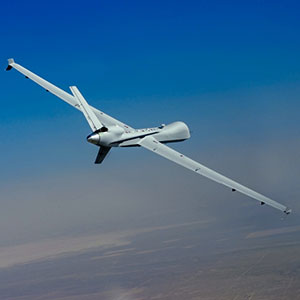
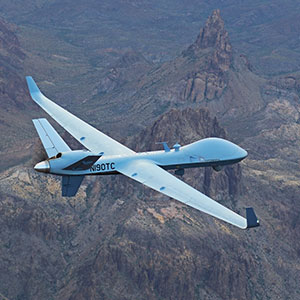

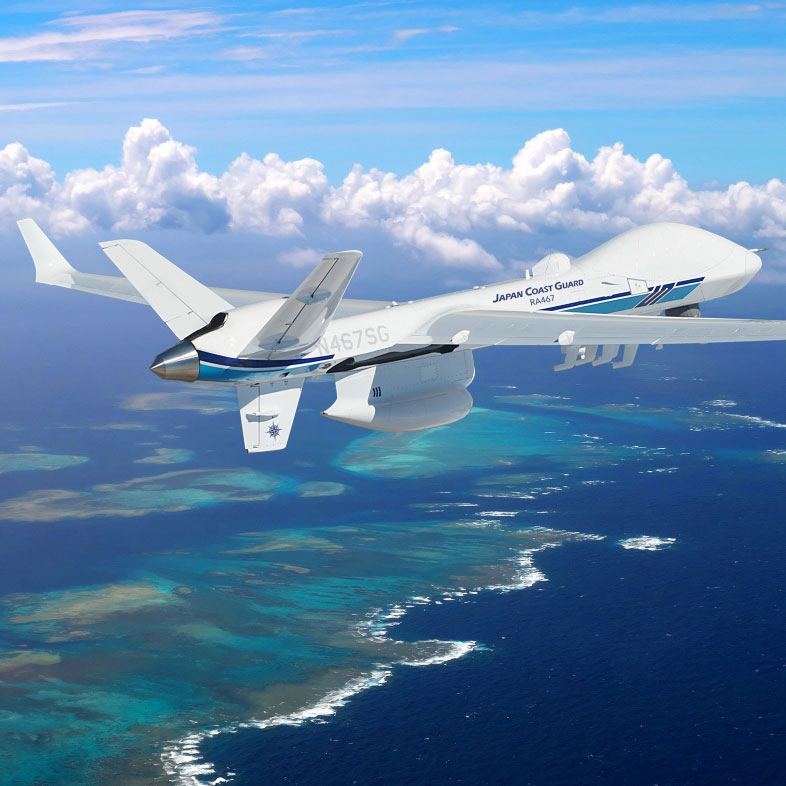
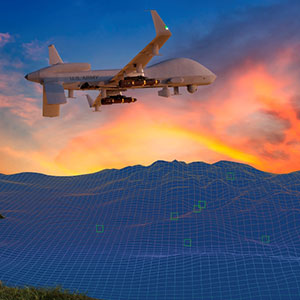
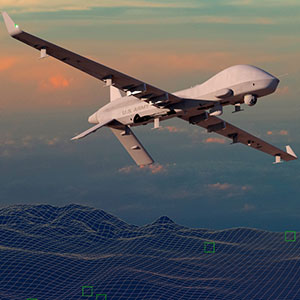
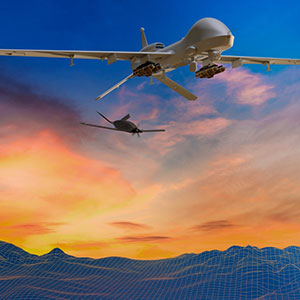
.jpg)
.png)
.jpg)


No comments:
Post a Comment